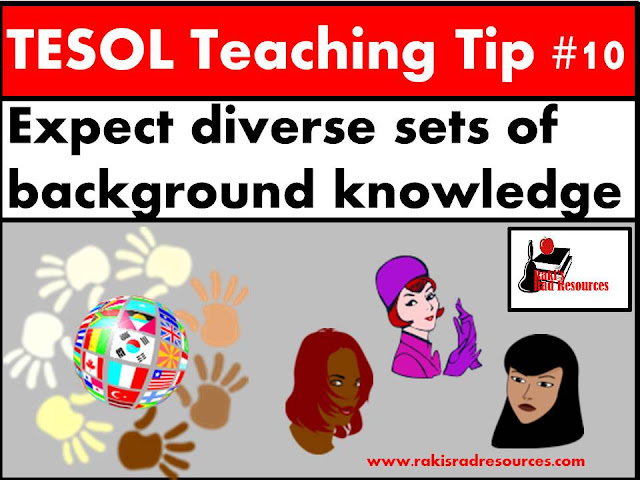This year I am the luckiest teacher in the world. I get to teach at the best school ever – International School of Morocco, with some of the best, most creative, teachers ever. Each time I walk into someone else’s classroom, I get inspired and we just seem to spiral great teaching ideas off of each other. It’s a wonderful place to teach, and since we are all collaborating, it’s a wonderful place for our  kids to learn – a teacher’s dream, right? I have tried and tried to convince the other teachers to create blogs of their own to spotlight and share some of their amazing ideas, but everyone is super busy. Instead, they have each agreed to let me spotlight some of their ideas right here on Raki’s Rad Resources. So, each Friday night, I will be posting an ISM Spotlight.
kids to learn – a teacher’s dream, right? I have tried and tried to convince the other teachers to create blogs of their own to spotlight and share some of their amazing ideas, but everyone is super busy. Instead, they have each agreed to let me spotlight some of their ideas right here on Raki’s Rad Resources. So, each Friday night, I will be posting an ISM Spotlight.
To celebrate Earth Day, we had an entire Earth Week at the International School of Morocco. Here are some of the things that we did to celebrate this week:
Monday morning, we gathered for a whole school read aloud of The Lorax by Dr. Seuss. That afternoon, our Year 3 – Year 6 (2nd – 5th grade) students used this book as an inspiration for their persuasive posters to convince people to take care of the earth.




Monday afternoon, we had a “Energy Free Afternoon” where students and teachers did not use electricity for the afternoon. It was a great way for students to realize how many things (like internet and iPad chargers) required electricity.
On Wednesday, we did Earth Week Rotations where students moved in their “house groups”, which are mixed age groups of students from Nursery (3 year olds) to Year 6 (11 year olds). Students moved through these four rotations of Earth Day activities:
Rotation 1: Bottle cap mural – students used old bottle caps (We’ve been collecting them for weeks.) to create a mural of flours and sky.


Rotation 2: Tagxedos & Hand prints – students brainstormed words about ecology and used them to create Tagxedos. Then, students created “globe handprints” by painting their hands with blue and green paint.






Rotation 3: Earth Day RAFT – students worked in groups to create something to persuade others to take care of the earth. Students chose one Role, one Audience, one Format and one Topic using the organizer below.




Rotation 4: Mrs. Rumphius – students read the book Mrs. Rumphius, planted sunflower seeds and wrote or draw about how to make the world beautiful.



On Thursday, the Nursery students created a picture of the earth with tissue paper.

We gathered together to watch the animated version of The Lorax and compare and contrast it with the book that we read on Monday.
On Friday, we had a whole school picnic and game session where we taught the students games that you could play WITHOUT buying new equipment or by reusing materials. Some of the games that we played were egg and spoon races, pillowcase races, sponge races and hot potato.


All throughout the week, Year 3 – Year 6 students worked on the Level 4 – Earth Week section of my Spring Holiday packet and worked on the words: natural resources, ecology, environment, reduce, reuse, recycle, litter and protect.



How did your school celebrate Earth Day?






















































